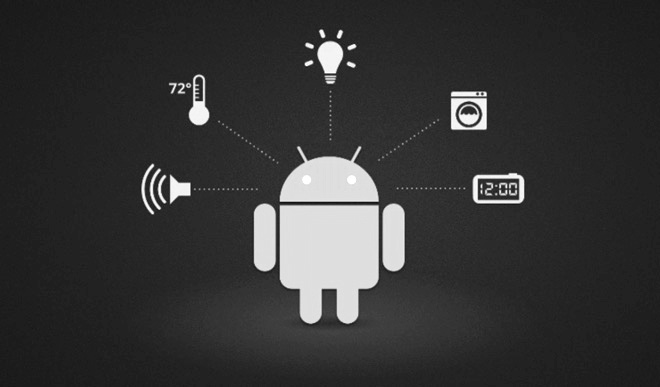At the 2013 International Consumer Electronics Show (ICES) in Las Vegas, Nevada, over 150,000 people watched as companies revealed a new wave of smartphone technology. More than just miniature computers, phones on display at the ICES were designed to be remote controls for the consumer’s life, connecting apps to household appliances and home security systems.
According to The New York Times, consumers responded warmly to the notion of linking their home to their phones, and many large companies have jumped on this technological trend. On Jan. 7, the wireless carrier AT&T announced plans to commercially launch, in March, a smart and secure home automation interface called Digital Life. The product will allow consumers to carry out an array of home-related tasks with their smartphones, including turning down the thermostat, monitoring the house for intruders, and even operating the coffee maker.
Google has also made progress towards integrating smartphones with home appliances. In May 2011, it developed a program known as the Android Open Accessory. Any device designed with this technology has the ability to communicate with Android phones or tablets. Through the program, developers will be able to build a wide range of accessories compatible with any Android phone.
The potential applications of this technology were made clear with a simple but powerful demonstration at Google’s I/O Conference, which brings together thousands of technology developers. The phone was hooked up to an exercise bike and using an app on the Android smartphone, consumers were able to track statistics like number of calories burnt.
The aim behind these technologies is to bring the home, the car, and other accessories under the control of a single device, thereby achieving integration and convenience.
Google has taken this idea a step further, and envisions the entire home as a network of accessories, all of which can be controlled through an Android phone. The home automation project, Android@Home, seeks to connect all appliances via Wi-Fi or an open wireless protocol to your smartphone.
The potential applications of Android@Home seem endless. At its I/O Conference, Google demostrated that with Android@Home, you could link your alarm clock to the lights and stereo in the room. As the alarm time approaches, the lights and stereo gradually increase in brightness and volume—a potential solution for those who struggle with waking up for 8:30 a.m. classes.
Pranay Mistry, the founder of SixthSense, came out with another tool geared towards giving us more electronic control over the home. TeleTouch, a smartphone app, allows consumers to point their smartphones at any appliance, and control it remotely with their touchscreen.
TeleTouch works by using the smartphone’s camera and computer vision to identify what appliance it is pointed at. Using Internet Protocol (IP) codes for these devices, the smartphone could become the control center for every appliance by addressing them wirelessly.
Despite the excitement, skeptics have also found a remote control smartphone for your home to be unnecessary. Would so much control be beneficial? While bringing your home under the control of a single device may seem attractive, it also poses security risks. If your smartphone were lost and unlocked, someone else would have complete control over practically every device inside your home, including alarm systems.
In response, director of business development at Z-Wave Alliance (a consortium of companies that make connected appliances) Bill Scheffler told The New York Times, “It used to be that people would say, ‘Why does anybody want a remote control for a TV if you can get up and change the channel?’ It’s just progress.”








